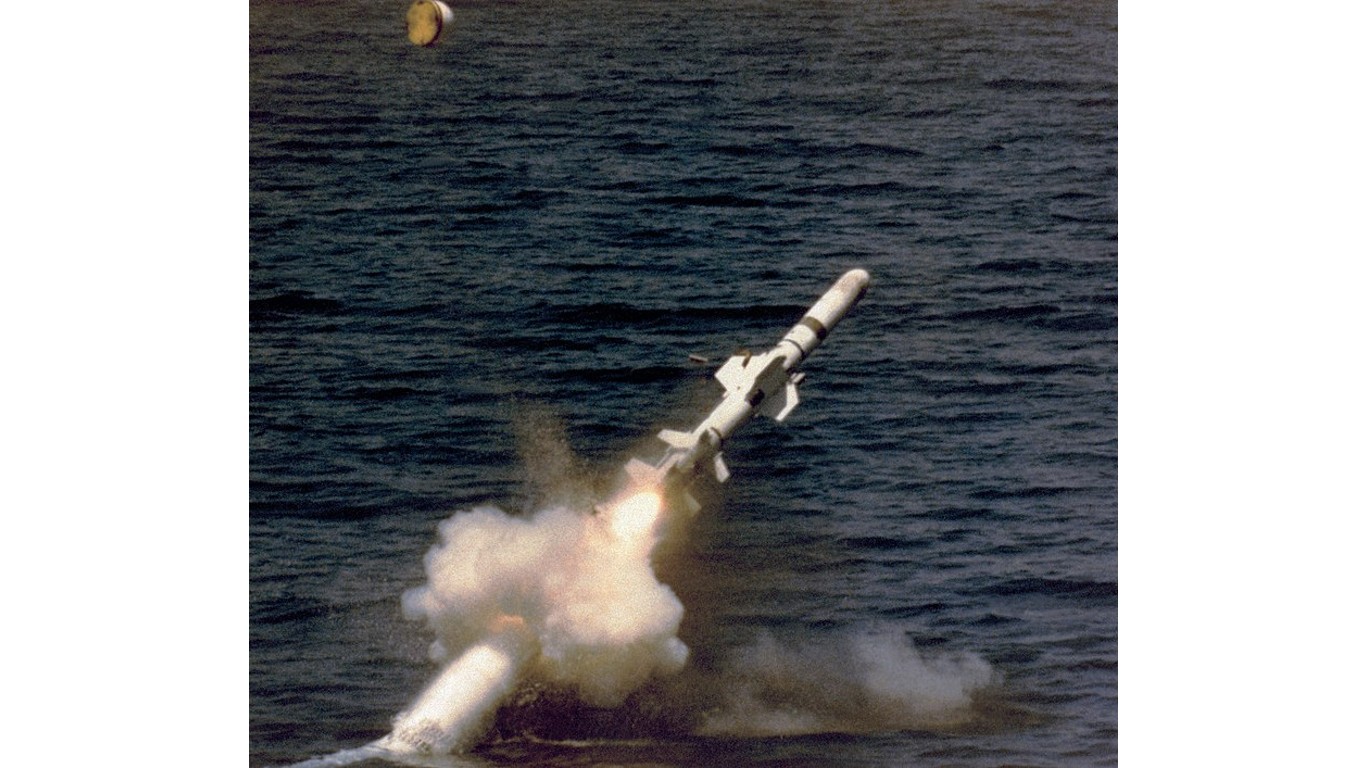
The United States is the only nation to have ever used atomic weapons in war. The world entered a new and deadly age in August of 1945 when U.S. planes dropped atomic bombs on the Japanese cities of Hiroshima and Nagasaki.
That attack led to the end of one terrible conflict but set the stage for a potentially more horrific one – the Cold War, pitting the U.S. and its allies against the Soviet Union and its bloc of nations. Once the Soviet Union achieved the capability to build nuclear weapons, a terrifying arms race commenced. (This is what a nuclear war would do to the world.)
Though the Cold War has ended, nuclear weapons and the military philosophies governing their use (or non-use) are still very much with us.
To assemble a short glossary of terms describing nuclear weapons and their use, 24/7 Tempo consulted reports and data from the Stockholm International Peace Research Institute, Our World in Data, the Bulletin of the Atomic Scientists, the Federation of American Scientists, National Interest, and the U.S. Department of Defense.
“At the start of the Cold War, nuclear-weapons systems were predominantly tactical, shorter-range systems, with a few long-range bombers,” according Hans Møller Kristensen, director of the Nuclear Information Project at the Federation of American Scientists and a senior fellow at the SIPRI. “The capabilities ballooned in the 1960s with more flexible options and long-range ballistic missiles, and in the 1970s the number of warheads carried on strategic systems increased vastly.”
Today, per Kristensen, “Both sides don’t see the need to deploy as many nuclear weapons as before. At the strategic level, this manifests itself as most launchers being deployed with less than their maximum warhead capacity.”
At the same time, however, Russia has been developing and testing new systems over the past decade. China is developing and testing new generations of land-based ballistic missiles, boosting the range of its submarine-launched ballistic missiles, and has plans to build a new bomber. North Korea has conducted six increasingly sophisticated nuclear tests and three ICBM flight tests that demonstrated what it claims is its ability to strike the U.S. homeland. (Here’s more on the countries that control the world’s nuclear weapons.)
Click here to see terms you should know about nuclear weapons
In addition, since the U.S. abandoned the nuclear accord with Iran in 2018, that nation has scaled up its nuclear activity, including producing uranium enriched to 60%, which is near weapons-grade material. Another concern is that enriched uranium might find its way into the hands of groups of religious zealots such as ISIS and the Taliban. The Middlebury Institute of International Studies at Monterey outlines two possible scenarios: a nuclear device might be acquired by terrorists from a nation that has a nuclear arsenal, or a crude nuclear bomb could be consructed by non-state actors using highly enriched uranium or plutonium. Fortunately, the Institute considers both of these scenarios unlikely.
1. Nuclear powers
These are countries with the capability of producing and using nuclear weapons. Since the U.S. and Russia conducted their first nuclear tests in the 1940s, eight other countries have joined the nuclear club – including South Africa, which subsequently dismantled its nuclear arsenal, the only country to have done so. The latest country to join the nuclear club was North Korea, which carried out its first successful test in 2006. The other nations with nuclear weapons are China, Pakistan, India, Israel, the U.K., and France.
[in-text-ad]
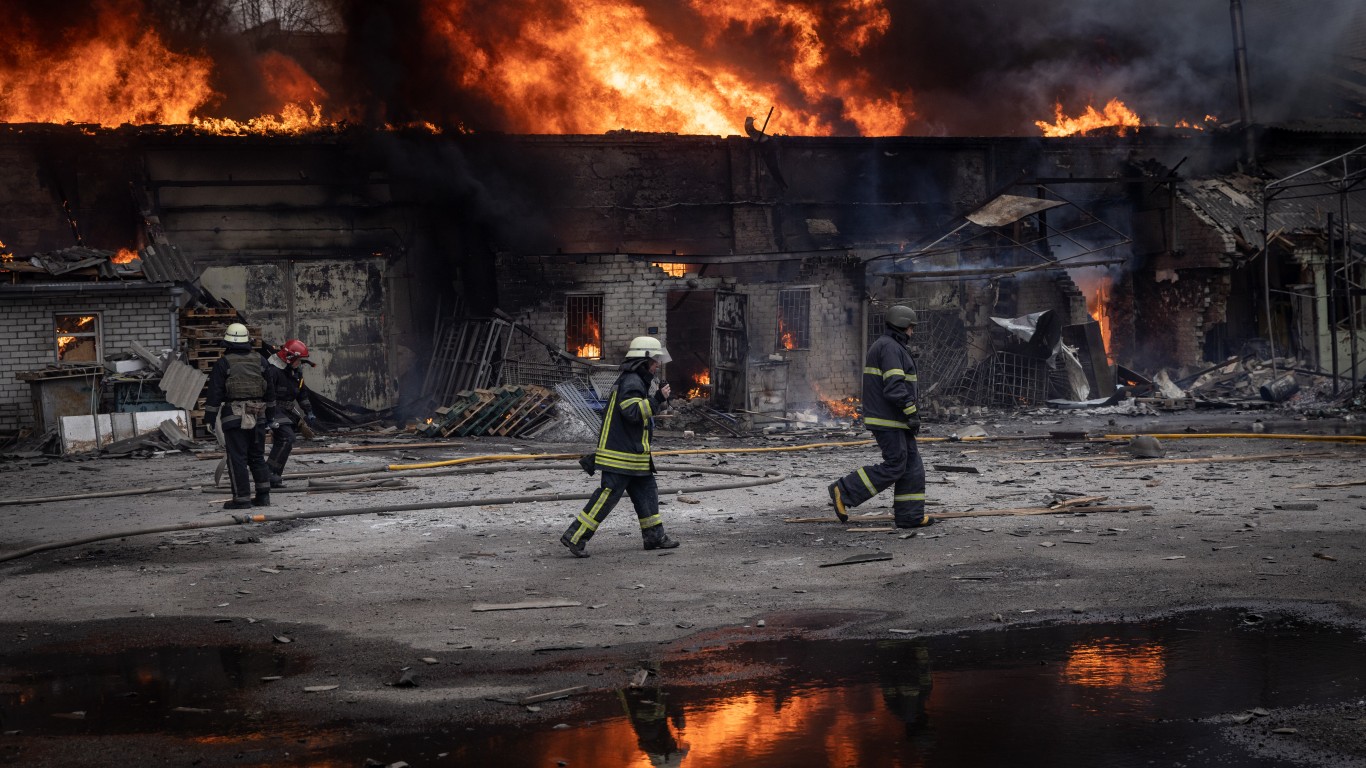
2. Tactical nuclear weapons
These are nuclear weapons that are smaller and less powerful than full-scale bombs. Also known as non-strategic nuclear weapons of NSNWs, they’re meant to be used in a battlefield situation, delivered by various means, including short-range missiles, gravity bombs, artillery, and torpedoes. Such weapons are not limited by any arms control treaty. The U.S. Department of Defense estimates that Russia has about 2,000 of these weapons of various kinds (the U.S. has a small number of just one type, the B61 nuclear gravity bomb), and there has been some concern that Russia would use them in its war against Ukraine. However, Russia’s ambassador to Britain, Andrei Kelin, recently told the BBC that this was unlikely, and that according to his nation’s military rules, such weapons would only be used if Russia’s existence was threatened.
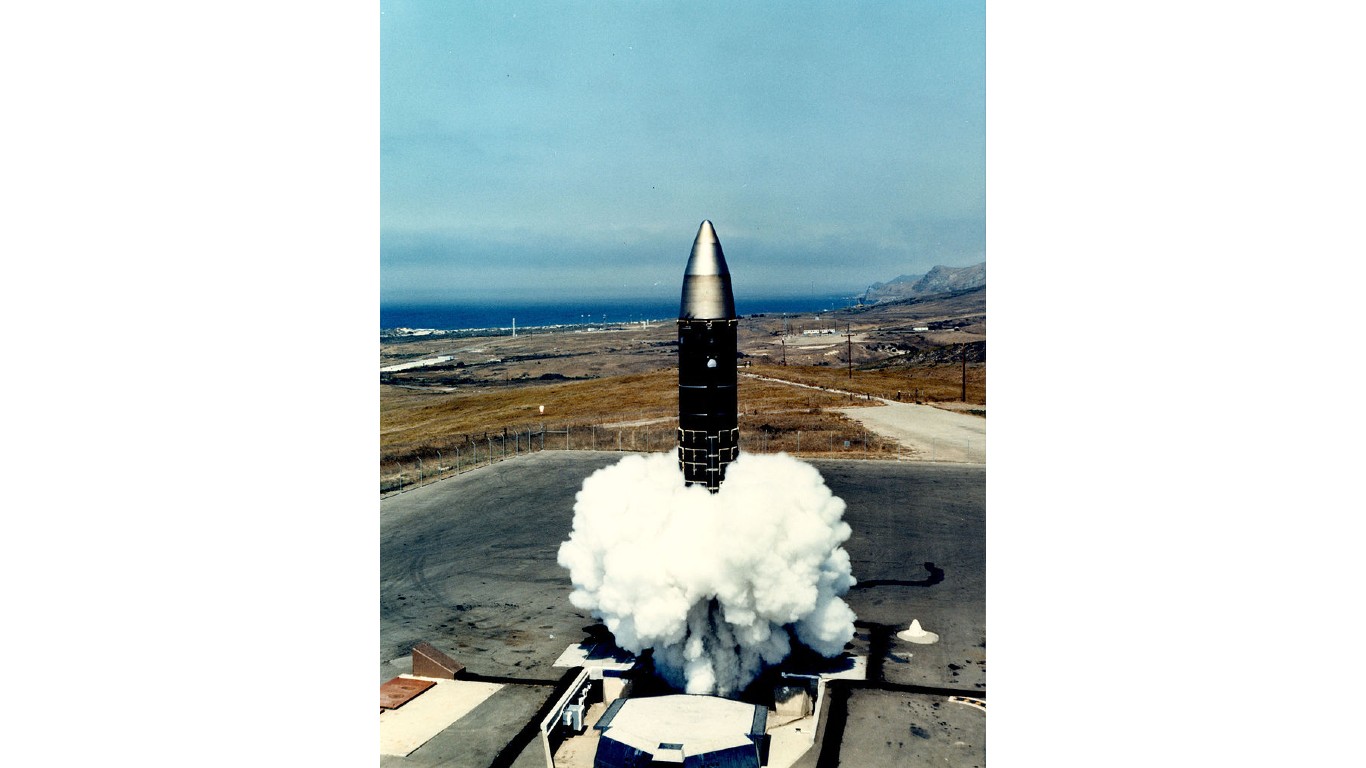
3. First strike strategy
As nuclear weapons became more powerful, the strategy on how to use them evolved. A first strike, also called a preemptive nuclear strike, is an all-out attack on an opponent’s nuclear arsenal that prevents an enemy from responding with an attack of its own.

4. Mutually assured destruction
Once the Soviet Union reached nuclear parity with the U.S., the nuclear strategy shifted to what became known as mutually assured destruction. In this scenario, both sides maintained nuclear arsenals so massive that either could survive a nuclear attack and still launch a powerful counter strike. This was also called “balance of terror,” in which neither side was likely to risk starting a nuclear conflict.
[in-text-ad-2]
5. Cruise missiles
A cruise missile is a guided missile, launched from the sea or land, intended to deliver a large warhead over long distances with high accuracy. Self-navigating cruise missiles, based on the German V-1 terror weapon of World War II, can travel at supersonic or high subsonic speeds, and can fly at very low altitude trajectory. The warhead in a cruise missile is integrated into the vehicle, which is destroyed in the mission.
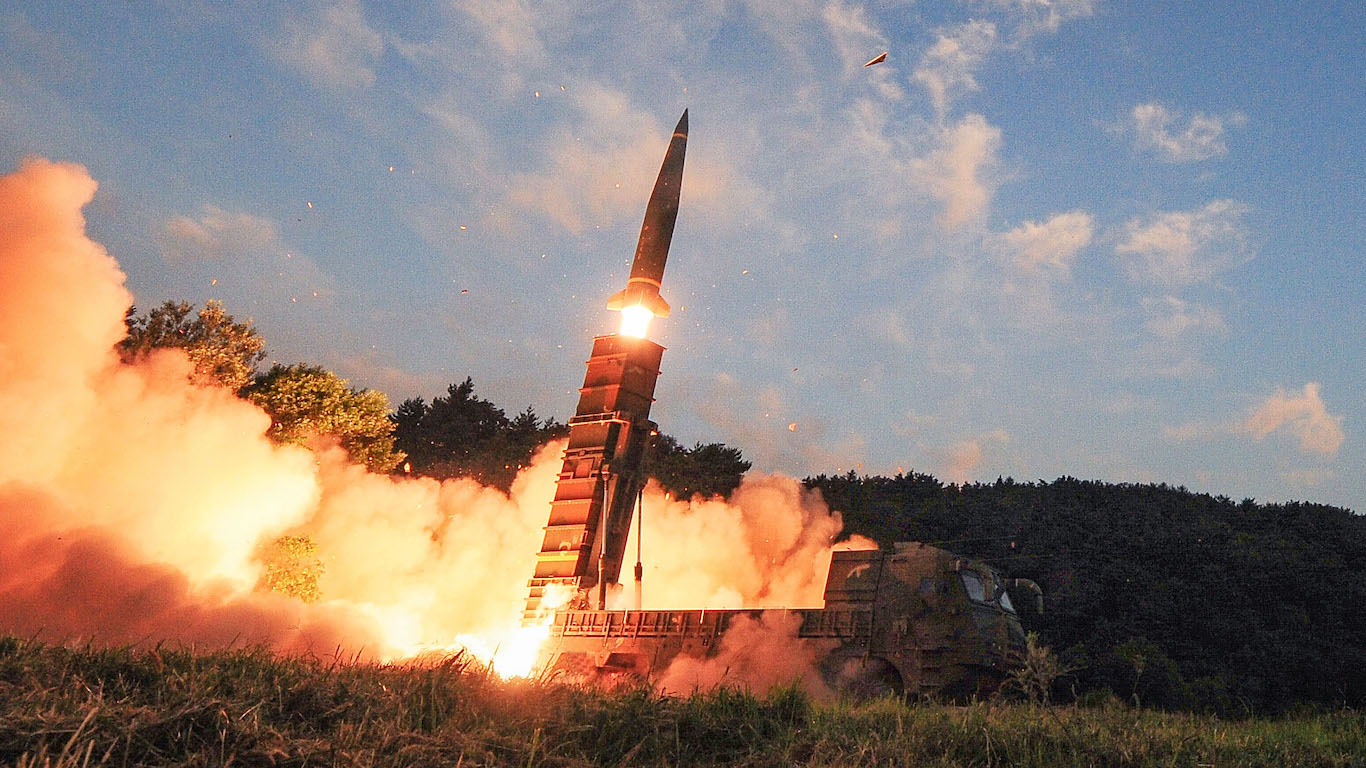
6. Ballistic missiles
A ballistic missile is a missile that has a ballistic trajectory over most of its flight path after being launched high into the Earth’s atmosphere. The warhead from a ballistic missile detaches as the vehicle falls to Earth. The missile – it can be short-range, air-launched, or intermediate range – depends on gravity to reach its target. These missiles can be launched from ships or land-based facilities.
[in-text-ad]

7. ICBMs
ICBM stands for Intercontinental ballistic missile. ICBMs can be mobile or based in silos. Land-based, nuclear-armed ballistic missiles have a range of more than 3,500 miles. They were first deployed by the Soviet Union in 1958 and contributed to the belief in a so-called “missile gap” between the U.S. and the U.S.S.R. as promulgated by hawks in the U.S. The main U.S. ICBM is the silo-launched Minuteman missile.

8. Submarine-launched missiles
Submarine-launched ballistic missiles that have ranges comparable to those of ICBMs include the Trident, deployed by the United States and Britain. Similar systems have been developed by Russia, China, and France. The U.S. Columbia class subs are an example of those capable of launching a ballistic missile.
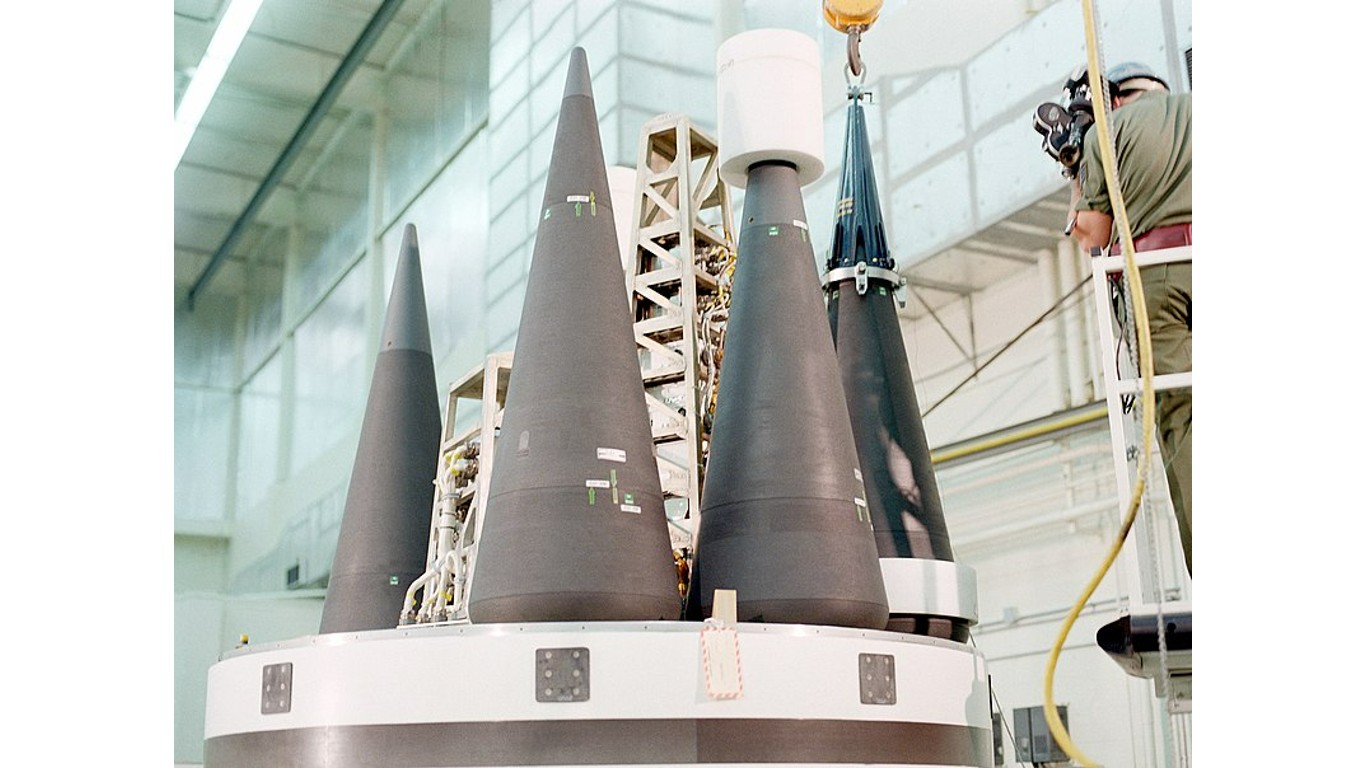
9. Multiple independently targetable reentry vehicle
Multiple independently targetable reentry vehicles, or MIRVs, were originally developed in the early 1960s to permit a missile to deliver multiple nuclear warheads to different targets. Warheads on MIRVed missiles can be released from the missile at different speeds and in different directions. Some of these missiles can hit targets as far as 900 miles apart.
[in-text-ad-2]

10. Air-to-surface missiles
An air-to-surface missile or air-to-ground missile is designed to be launched from military aircraft such as bombers, attack aircraft, or fighter aircraft, among others, and strike targets on land, at sea, or both.

11. Bombers
Long-range bombers have been an essential element in the arsenals of air forces equipped with nuclear weapons. The B-21 Strategic Bomber is an important part of the United States defense.
[in-text-ad]

12. Dual-capable aircraft
The F-35A fighter is an example of “dual-capable” aircraft, able to deliver both conventional and nuclear weapons.
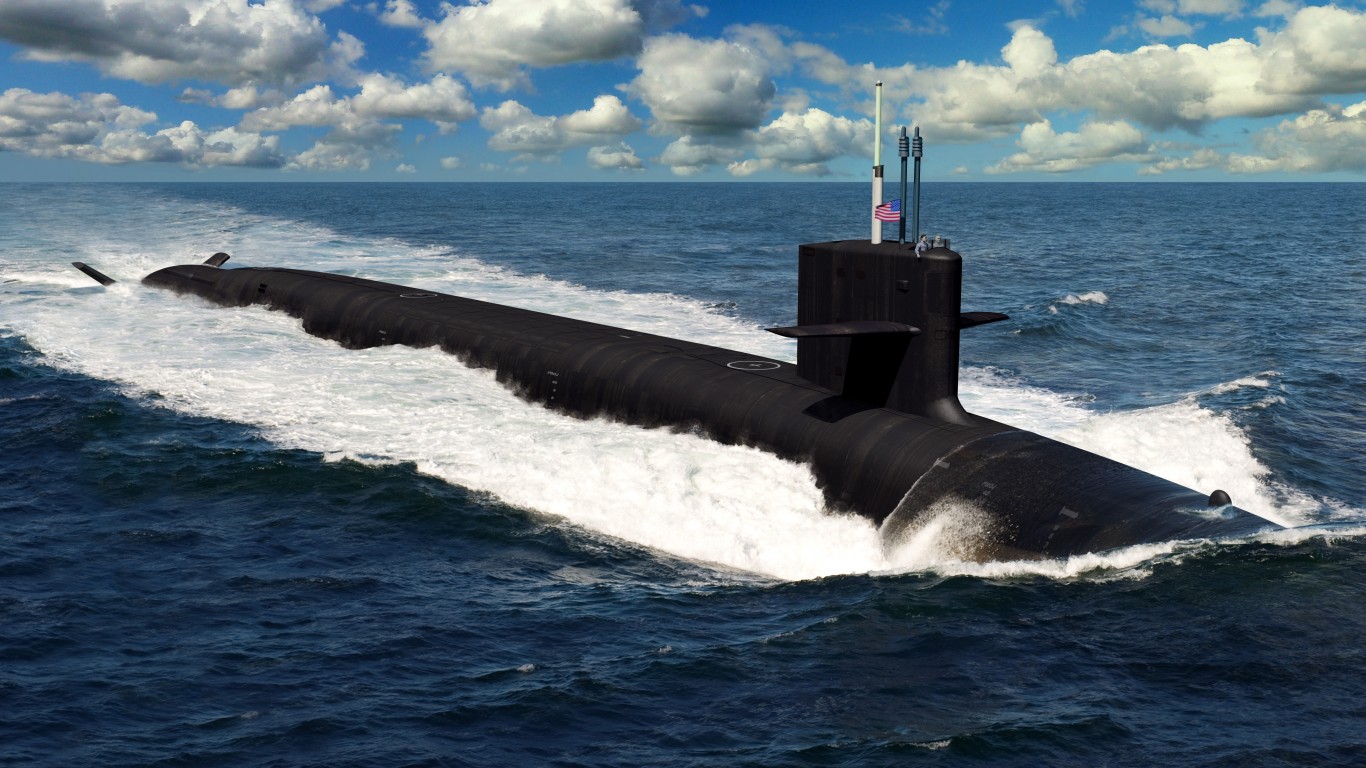
13. Triad
Since at least the 1970s, U.S. nuclear strategy has been connected to the so-called triad – the combined capability of launching weapons from air, land, and sea (including from submarines). Russia and China eventually adopted the same strategy.
Is Your Money Earning the Best Possible Rate? (Sponsor)
Let’s face it: If your money is just sitting in a checking account, you’re losing value every single day. With most checking accounts offering little to no interest, the cash you worked so hard to save is gradually being eroded by inflation.
However, by moving that money into a high-yield savings account, you can put your cash to work, growing steadily with little to no effort on your part. In just a few clicks, you can set up a high-yield savings account and start earning interest immediately.
There are plenty of reputable banks and online platforms that offer competitive rates, and many of them come with zero fees and no minimum balance requirements. Click here to see if you’re earning the best possible rate on your money!
Thank you for reading! Have some feedback for us?
Contact the 24/7 Wall St. editorial team.
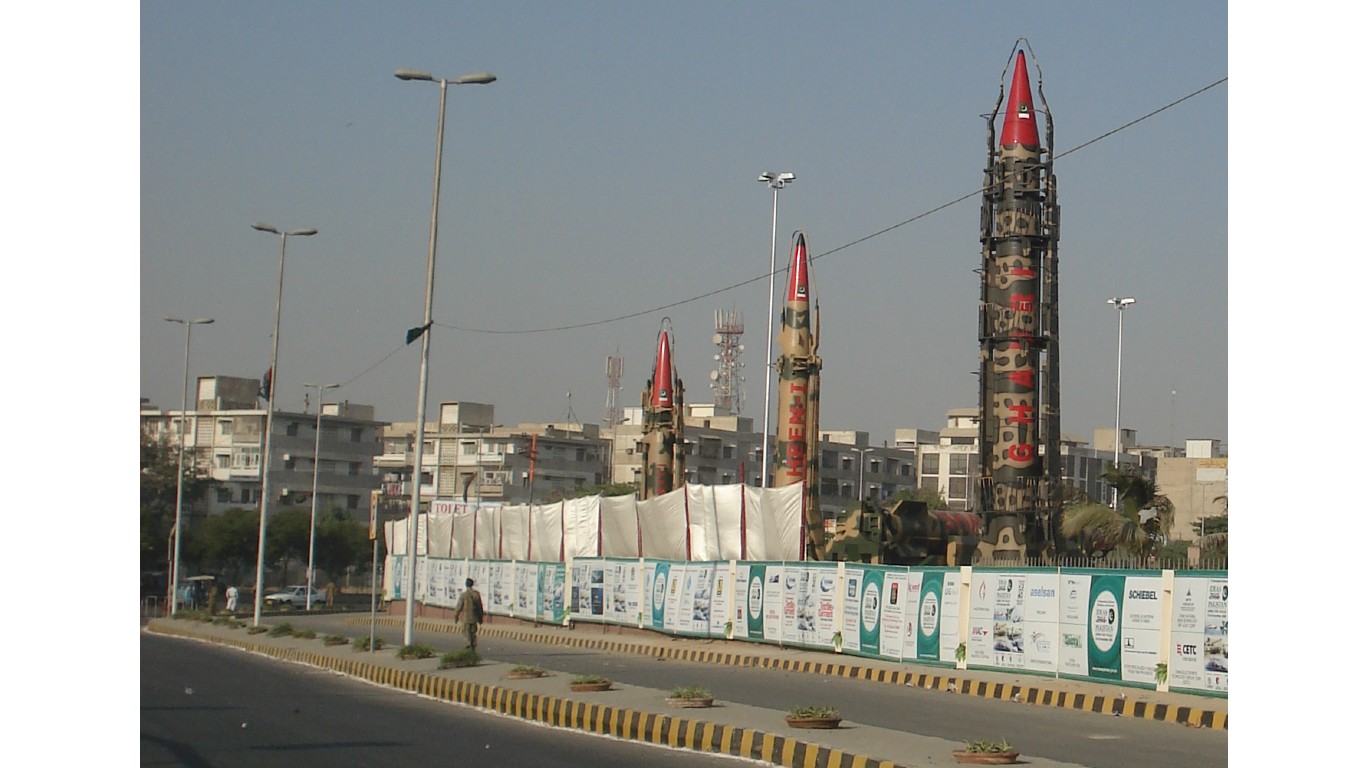

 24/7 Wall St.
24/7 Wall St.